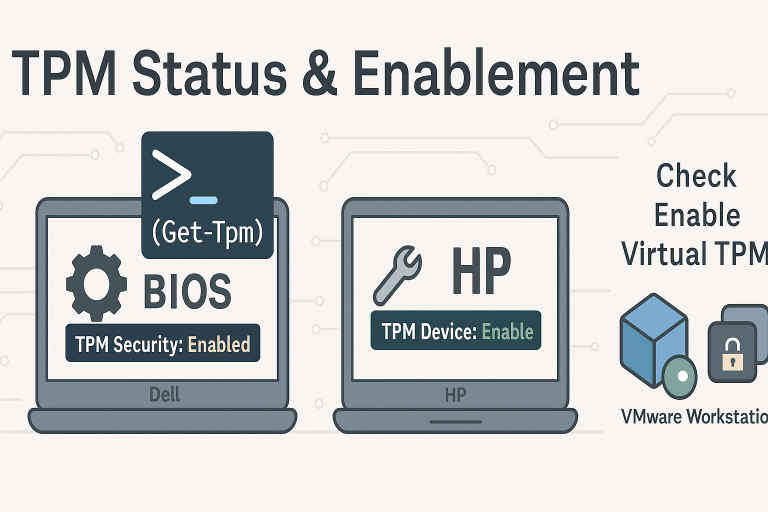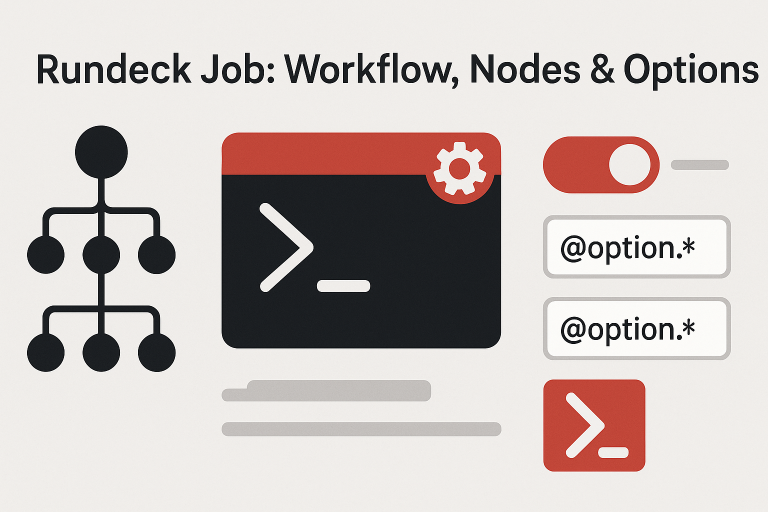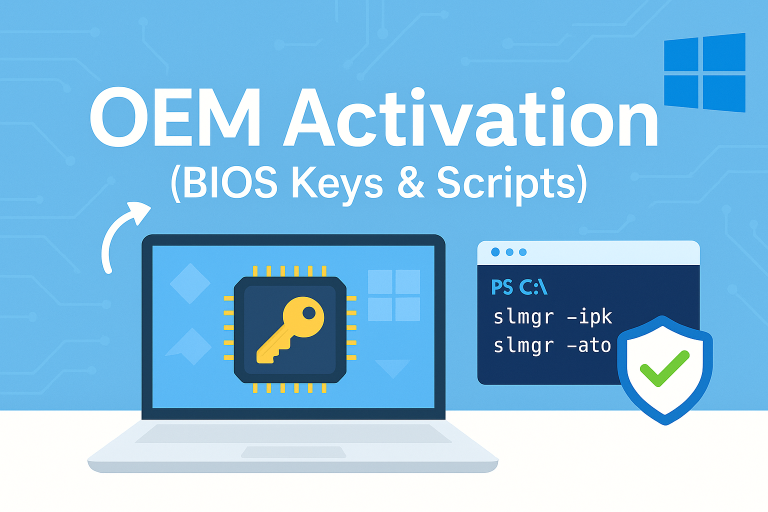Hide Errors on a Single Command Line
# First method to hide errors on a single command line
Remove-AppxPackage -Package $Package.PackageFullName -ErrorAction SilentlyContinue
Hide Errors in a Block of Command Lines
#Second method to hide errors in a block of command lines
$ErrorActionPreference = “SilentlyContinue”
Remove-Item “c:\mount\ISO” -Force -Recurse
Remove-Item “c:\mount\Windows” -Force -Recurse
Remove-Item “c:\mount” -Force -Recurse
Remove-Item “C:\Scratch” -Force -Recurse
$ErrorActionPreference = “Continue”
Managing Error
It’s essential to have a mechanism in place to handle errors when they occur. Here’s an example of how you can manage errors in PowerShell:
try {
# Code that can generate an error
$connectionString = "Server=$dataSource;uid=$user; pwd=$PassSQL;Database=$database; Integrated Security=False;"
$connection = New-Object System.Data.SqlClient.SqlConnection
$connection.ConnectionString = $connectionString
$connection.Open()
} catch {
# if there's an error in the try, this code will be used
Write-Host $_.Exception.Message -ForegroundColor Red
}






